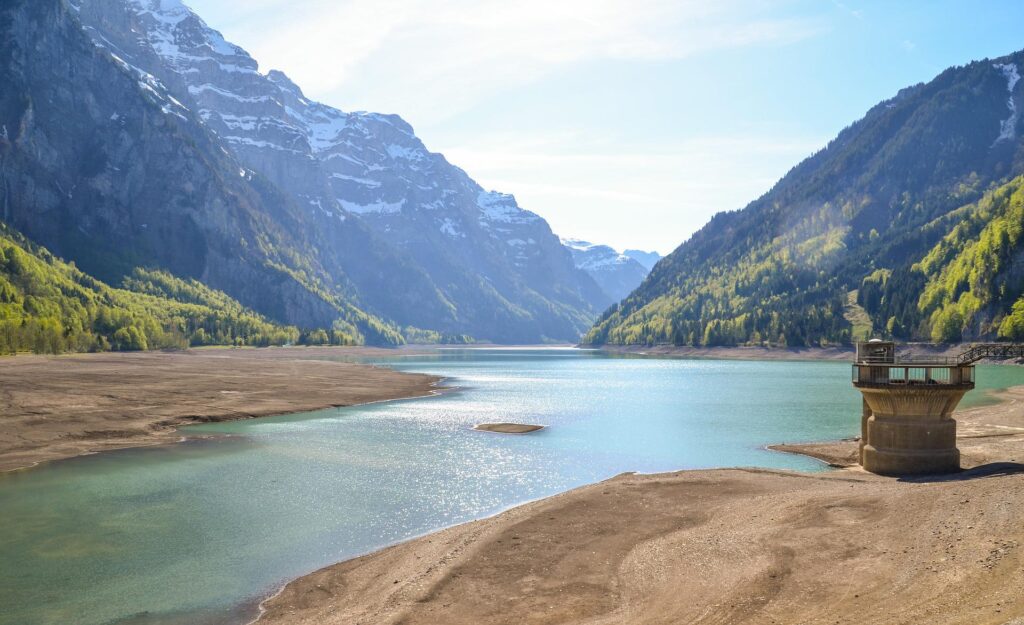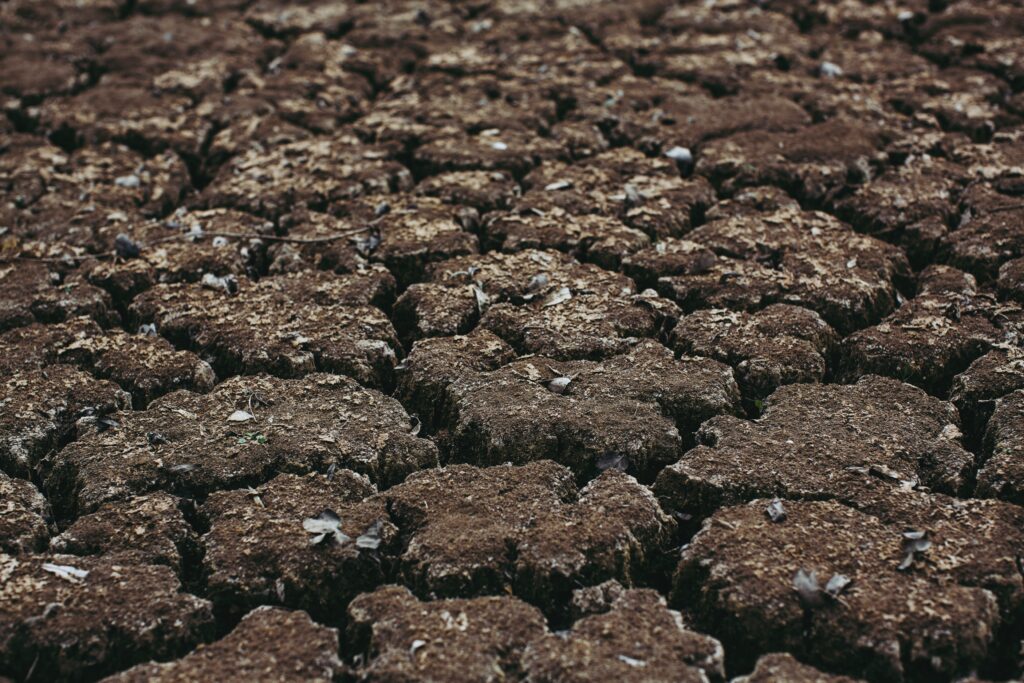Switzerland to a national drought prevention and warning system
Switzerland plans to set up an early detection and warning system to detect approaching critical situations several weeks in advance and cope with periods of drought. The Federal Council announced that qusto system will be operational from 2025, cost 4.75 million francs, and the most affected groups such as farmers and drinking water suppliers will be able to take appropriate measures to prevent damage through this system.

Switzerland today is generally in a good situation regarding the availability of information on natural hazards and warnings. Since 2014, the federal government has been publishing up-to-date information on hazards consisting of thunderstorms, rainfall, snowfall, avalanches, forest fires, wind, frost, slippery road surfaces, heat waves, earthquakes or floods (platform dangers-naturali.ch and MeteoSwiss app), and in case of need, the specialized services of the federal government and cantons disseminate the appropriate alerts.
However, climate change also brings with it new hazards, such as droughts, which have become increasingly frequent in recent years, and currently having no early detection and warning system capable of predicting several weeks in advance the outline of a critical situation and alerting the population, in a drought situation, cantonal and local authorities and affected sectors such as agriculture, hydropower, water supply, navigation and nature protection often fail to intervene in time with measures and suffer damage.
Setting up a national system
The Federal Council has given the three relevant federal offices, the Federal Office for the Environment FOEN, the Office of Meteorology and Climatology MeteoSwiss, and the Office of Topography swisstopo, the mandate to set up a national drought early detection and warning system by 2025 that will make available information on the current status and drought forecasts covering the entire country. The information will cover the needs of different sectors so that they can take appropriate precautions. These are, for example, planning irrigation of agricultural crops, alternatives to navigation on the Rhine, or precautionary relocation of fish to rivers or streams that are richer in water.
This information makes society safer and makes it possible to prevent or minimize damage and shortages in basic supply from which various economic sectors and the environment especially benefit.

FOEN, MeteoSwiss, and swisstopo are collaborating to set up and operate a drought early detection and warning system and will focus their services and expertise in this area in which the WSL’s existing drought.ch platform, Earth observation satellite data, and meteorological satellites will be integrated. MeteoSwiss will set up a soil moisture measurement network aimed at improving drought information together with other measurement systems, which is particularly important for agriculture and forestry.
New satellite weather station inaugurated in Valais
The federal government will set up the Drought Early Detection and Warning System during 2023-2024, and from 2025 the information collected will be accessible to the public. The cost of setting up this system is CHF 4.75 million; this system will also be further developed and operated according to international standards as resources allow.
Switzerland benefits from an abundance of water, but for more than a century its waters have been damaged by withdrawals, chemical pollution, and development works. In addition, an additional problem due to climate change has been observed for some time. The brochure below explains how Switzerland’s water regime works and what changes are expected.
Broschüre Schweizer Gewässer im Klimawandel (Deutsch)
Brochure Swiss Water Bodies in a Changing Climate (English)
Brochure Eaux suisses et changements climatiques (français)
Opuscolo Le acque svizzere a fronte del cambiamento climatico (italiano)
Hydro-CH2018 climate scenarios
Compared with previous analyses of the effects of climate change on hydrology, Hydro-CH2018 was able to draw on improved databases and methods. The project is based on the CH2018 high-resolution climate scenarios, which for the first time make available continuous daily data at the local scale for the period 1981-2099.The hydrological scenarios are part of a so-called model chain: at the beginning are various emission scenarios, which describe possible trends in future greenhouse gas emissions, and at the end are models that calculate effects on water management or agriculture.The CH2018 climate scenarios were created by combining the emission scenarios with global and regional climate models. In turn, hydrological models use the results of climate scenarios to calculate hydrological scenarios, which show changes in both the water regime and water in Switzerland.Hydro-CH2018 takes into account all important hydrological components, such as groundwater flow and regeneration, glacier and snow melt, evaporation, and water temperature.
The research scope of Hydro-CH2018 includes all of Switzerland, the Principality of Liechtenstein, and other neighboring areas whose waters flow into state territory – collectively referred to by specialists as “Hydrological Switzerland.”

Current Helvetic Situation
Winter 2021-2022, has been characterized by low precipitation and snowfall, and on the southern side of the Alps, lake levels are low. Even on the northern side of the Alps, water flow is below average in many locations. The first signs of a slight drought can also be seen on soils and in forests, especially in northwestern Switzerland.The May 2 groundwater bulletin of the Federal Office for the Environment (FOEN) reports groundwater levels and spring discharges mostly in the normal range, but sometimes low.
Forecast
Higher temperatures are expected through the end of May, and there is no clear precipitation trend for northern Switzerland; there is also no indication of higher precipitation amounts for the southern side of the Alps (MeteoSwiss monthly forecast).
Source: admin.ch





